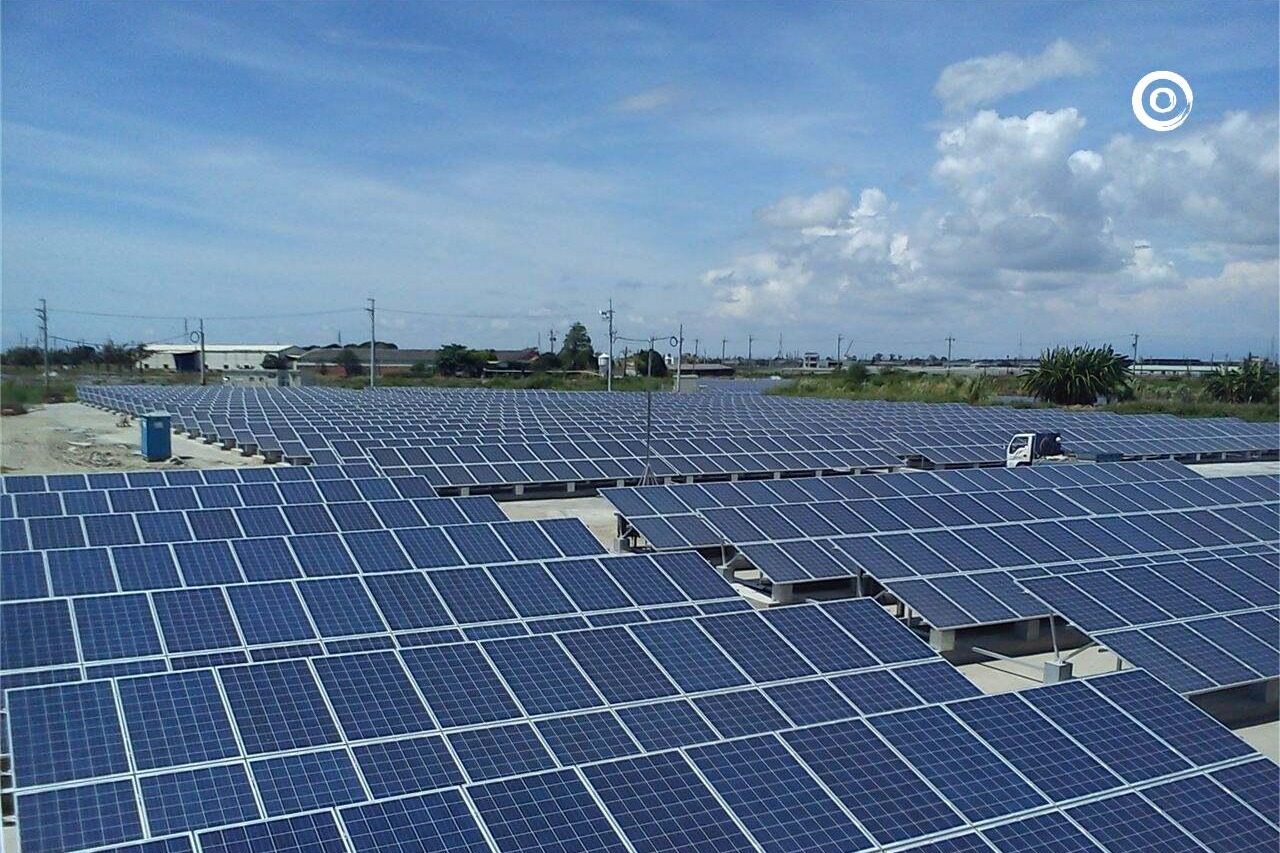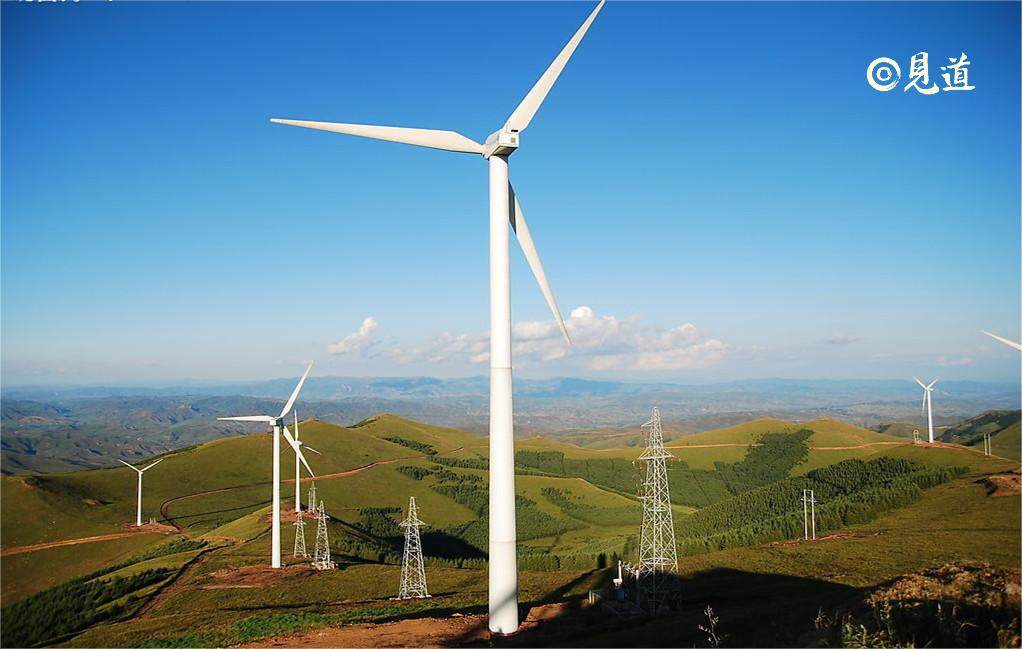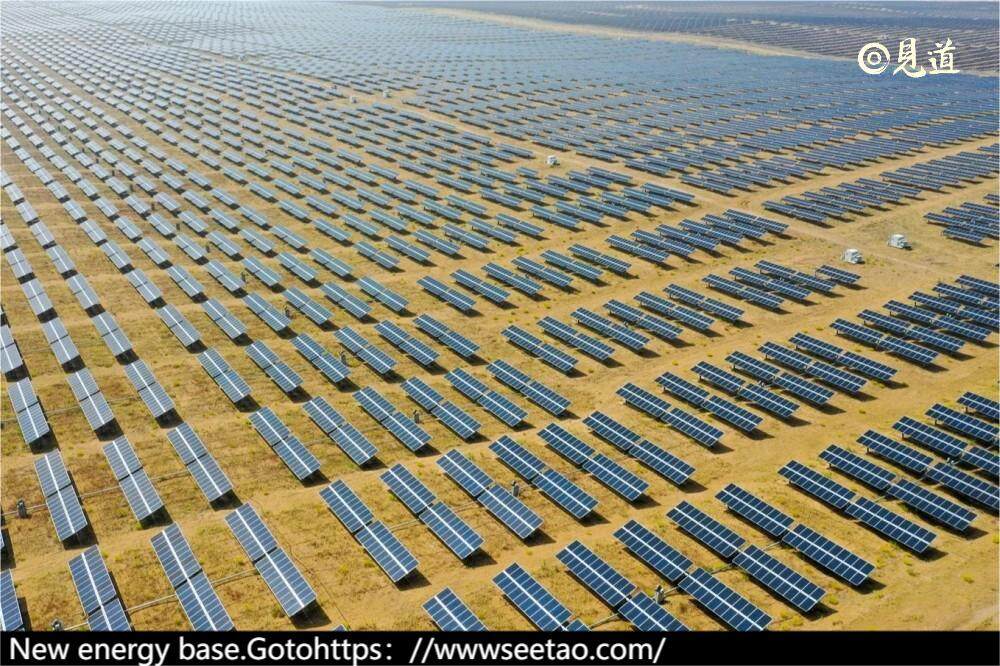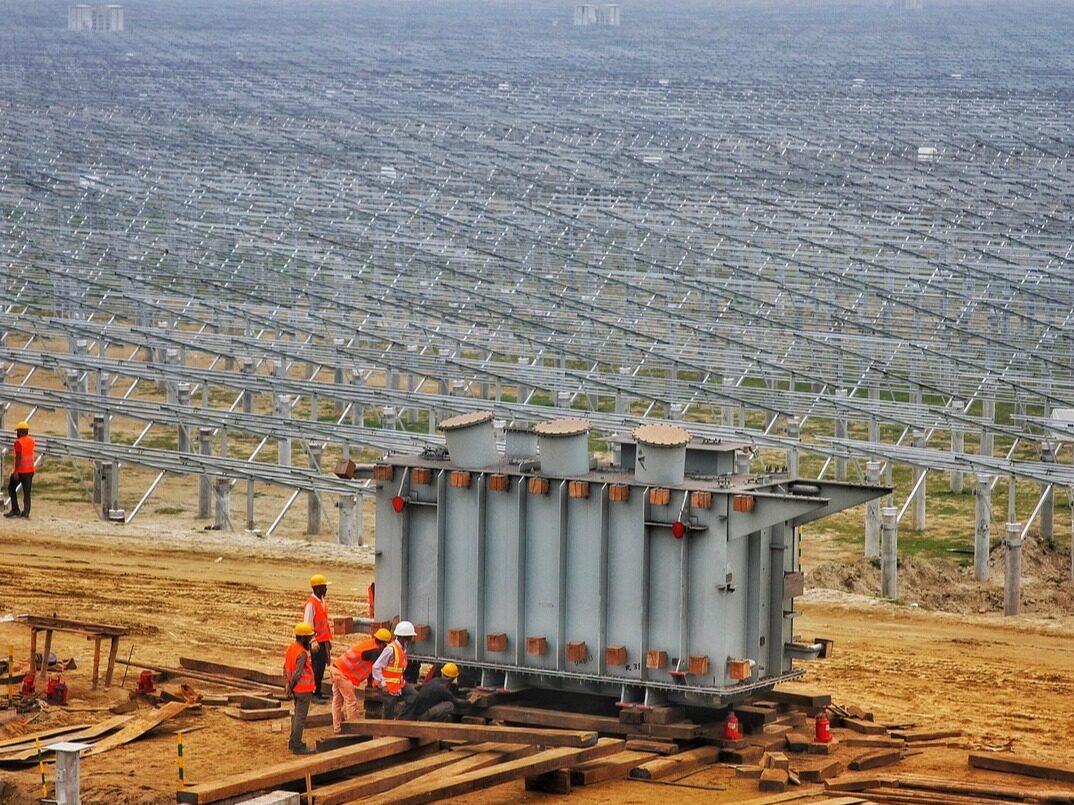- Hangzhou promotes low-carbon transportation and will achieve full coverage of public charging stations in 191 townships and streets

Recently, eight 6.25 MW wind turbine units will be built on the west side of the Qiantang River in Linjiang Street, Qiantang District, Hangzhou. Once completed, they will be able to deliver clean wind power to residents. This project is the first embankment distributed wind power project in Zhejiang Province and the first wind power project in Hangzhou that is included in government planning and has the conditions to be integrated into a large power grid.Zhao Tianyu, New Energy Access Specialist of the Development Department of State Grid Hangzhou Power Supply Company, said that the local new energy in Hangzhou is mainly photovoltaic, and wind power resources are relatively scarce. The wind power currently built is a demonstration project. This project uses a brand-new wind turbine with small area and low construction cost. The annual usable hours can more than double that of photovoltaic power generation, exceeding 2,000 hours. It has obvious low-carbon, economic and land use benefits.

As one of the first carbon peak pilot cities in the country, Hangzhou has always practiced the concept of green and low-carbon development, insisted on promoting green and low-carbon energy transformation and sustainable development, focusing on "improving the utilization rate of new energy" and "improving the whole society". The core purpose of "energy efficiency" is to build an urban power grid that adapts to the development of new energy.
On the energy supply side, Hangzhou continues to improve the allocation of clean energy such as wind, solar, water, and storage, and continues to increase the proportion of clean energy supply. Photovoltaic power generation has become the largest local power source in Hangzhou. Last year, Hangzhou’s photovoltaic power generation installed capacity reached 2.896 million kilowatts, completing the “photovoltaic doubling plan” two years ahead of schedule. In order to clear the obstacles encountered by photovoltaic implementation, Hangzhou Power Grid has established a green channel for the approval of photovoltaic projects. At the same time, it relies on the Hangzhou Energy Big Data Center to calculate the photovoltaic potential of different regions and key areas, providing decision-making basis for the government to plan and implement photovoltaic projects. Dai Qing, a full-time employee of the Economic Research Institute of State Grid Hangzhou Power Supply Company, introduced that through the independently developed "Hangzhou Photovoltaic Operation Monitoring Analysis and Development Energy Efficiency File" module, it was found that the photovoltaic equivalent utilization coefficient of the Hangzhou East Station Photovoltaic Power Station has declined to 31%, and the energy efficiency has been updated. Afterwards, approximately 5.95 million kilowatt-hours of additional green electricity can be generated every year.

On the power grid side, State Grid Hangzhou Power Supply Company plans to invest 7.04 billion yuan this year to build a clean, low-carbon, safe, abundant, cost-effective new power system and modern smart distribution network to meet the needs of large-scale access to new energy while ensuring industrial, Electricity demand in many fields such as construction, transportation, agriculture, and residential life.
On the user side, Hangzhou vigorously promotes low-carbon transportation and has built a charging circle of "0.9 kilometers in urban areas, 3 kilometers in suburbs, and 5 kilometers in remote areas and counties" throughout the region, achieving full coverage of public charging stations in all 191 towns, towns, and streets. In early April, the Rainbow Charging Station in Binjiang District of Hangzhou was listed to sell green electricity. The first batch of 284 "green charging piles" in Zhejiang were officially launched, allowing new energy vehicles to use new energy electricity.
State Grid Hangzhou Power Supply Company also launched the first digital-intelligent low-carbon building lightweight renovation plan in response to Hangzhou's high proportion of park economy, building economy, and headquarters economy. It has been implemented in Hangzhou Artificial Intelligence Industrial Park, Danghong Technology Industrial Base, and Binjiang District Cultural Center. It has been promoted and applied in 14 park buildings, and through refined, flexible and intelligent adjustment of major energy-consuming equipment such as air conditioning and lighting, energy efficiency has been improved by more than 20%. The latest data shows that the carbon emissions per unit of GDP in Hangzhou have dropped to 0.57 million tons/10,000 yuan, and the energy consumption level has dropped to 0.25 tons/10,000 yuan, reaching the leading level in the country.Editor/Zhao E
Comment
 Praise
Praise
 Collect
Collect
 Comment
Comment
 Search
Search














Write something~